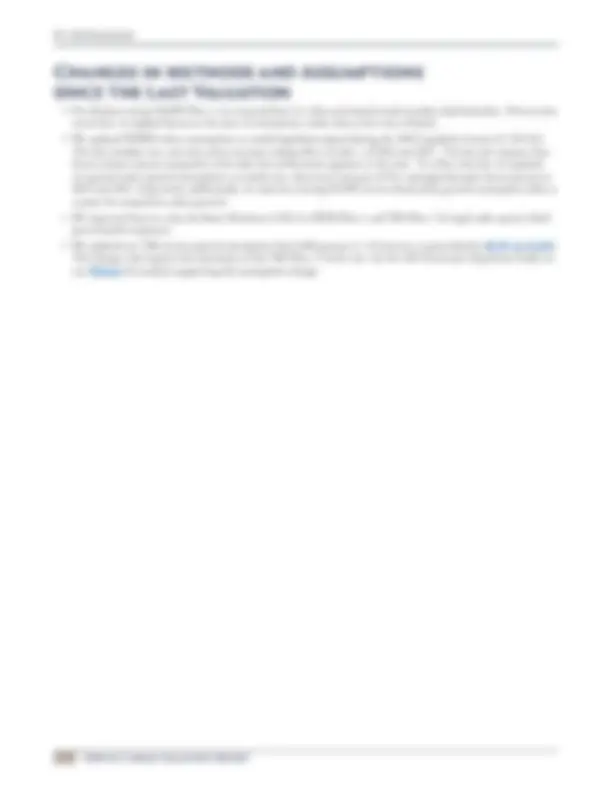



Study with the several resources on Docsity

Earn points by helping other students or get them with a premium plan


Prepare for your exams
Study with the several resources on Docsity

Earn points to download
Earn points by helping other students or get them with a premium plan
Community
Ask the community for help and clear up your study doubts
Discover the best universities in your country according to Docsity users
Free resources
Download our free guides on studying techniques, anxiety management strategies, and thesis advice from Docsity tutors
This section lists the assumptions that change regularly, along with new assumption and method changes since the last actuarial valuation report. Please see the ...
Typology: Study notes
1 / 2

This page cannot be seen from the preview
Don't miss anything!


Year TRS 1 TRS 2/ (^2016) 3.75% 3.75% 2017 3.75% 3.75% 2018 3.85% 3.85% 2019 3.84% 3.84% 2020 3.83% 3.83% 2021 3.83%^ 3.82% 2022 3.82%^ 3.82% 2023 3.81%^ 3.81% 2024 3.80%^ 3.80% 2025 3.79% 3.79% 2026 3.78%^ 3.78% 2027 3.77% 3.77% 2028 3.77% 3.77% 2029+ 3.75% 3.75% Note: Includes inflation.
System/Plans Contribution Rate PERS 2* 5.42% TRS 2 6.42% SERS 2 5.66% PSERS 2 7.06% LEOFF 2 8.75% WSPRS 1/2 7.34% *PERS 1 and TRS 1 employee rates are set in statute at 6%. No LEOFF 1 rates are required as long as the plan remains fully funded. Plan 3 members do not contribute to the defined benefit plan.
2016 Actuarial Valuation Report
47
2016 Actuarial Valuation Report